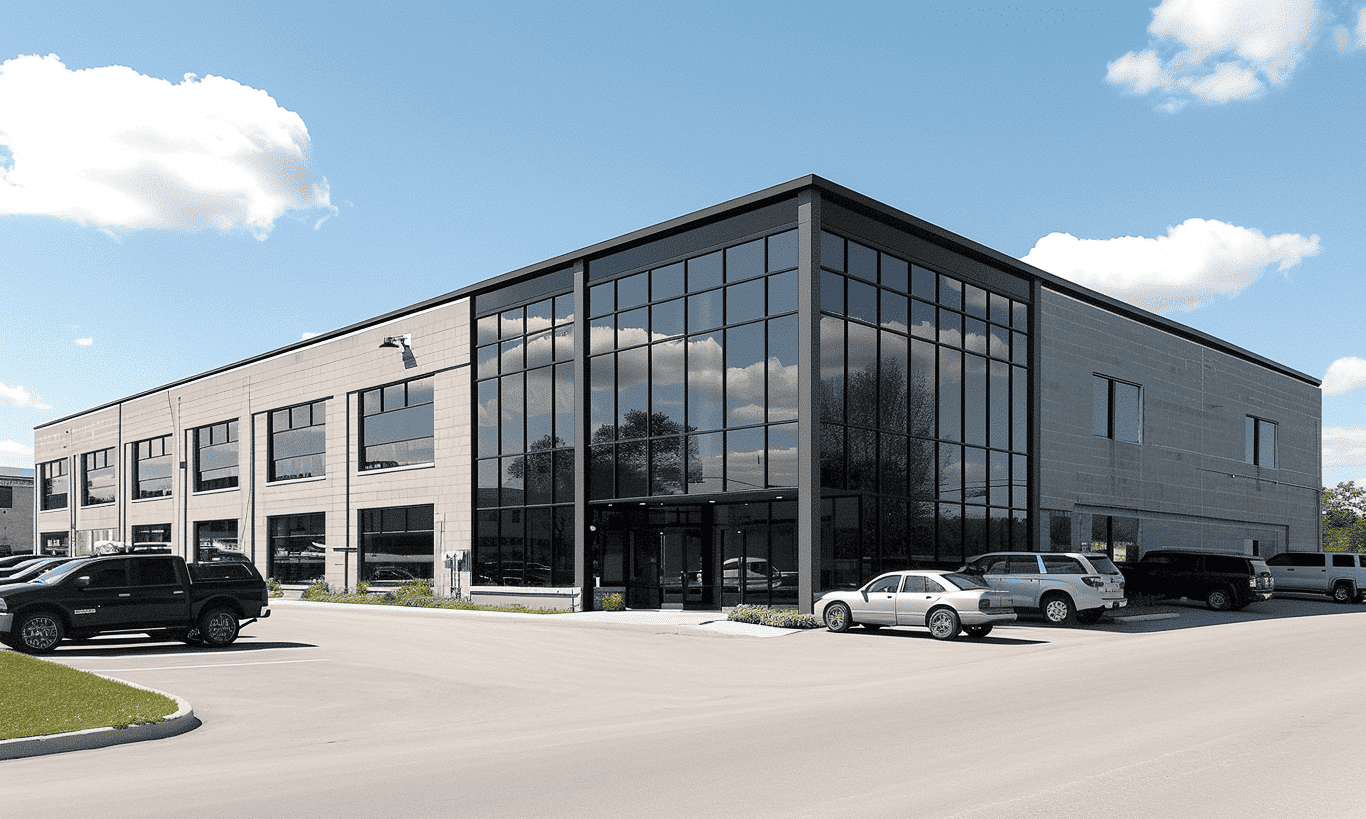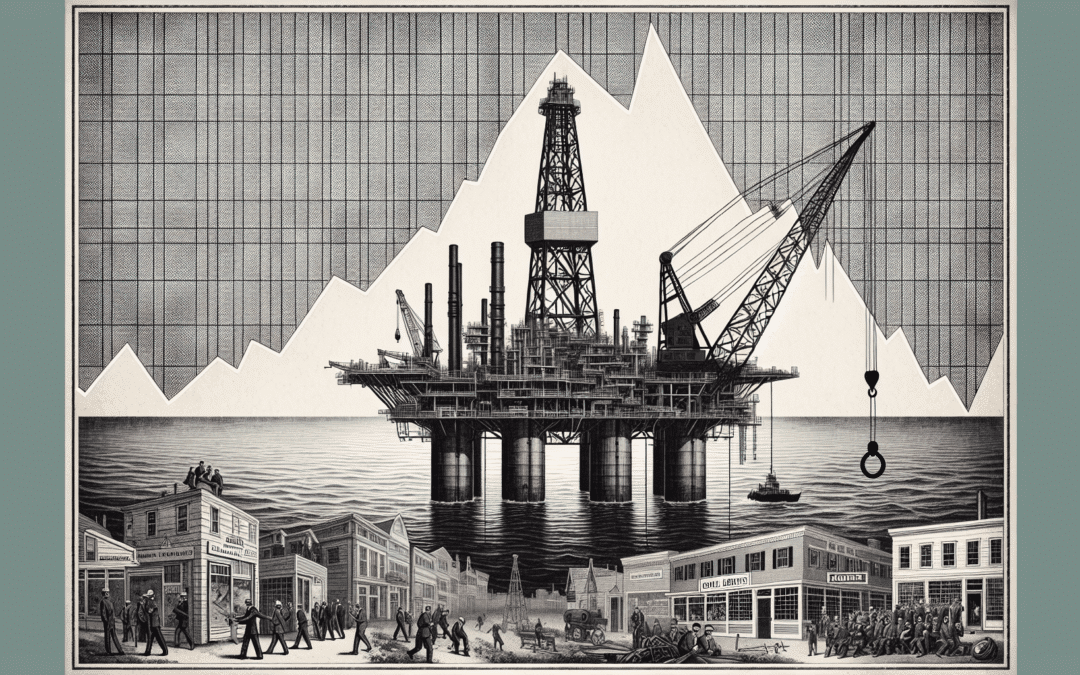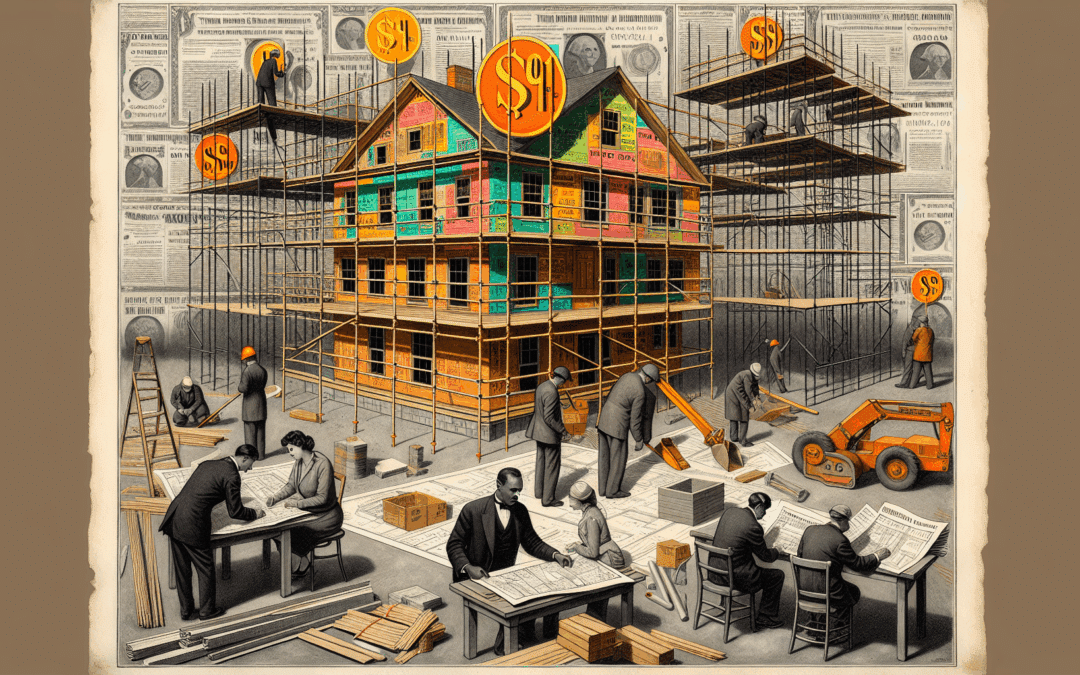Toronto’s Waterfront Project: A Vision for a Sustainable Future
Introduction: Toronto’s Landmark Waterfront City Project
For years, the waterfront of Toronto has been a prominent feature, shaping the city’s landscape and contributing significantly to its energetic ambience. However, one particular project that has the potential to drastically reimagine Toronto’s waterfront as we know it has made a significant milestone—a new island is being birthed. Waterfront Toronto, the team behind the project, recently removed the last remnants of the wall that once severed the Don River from Lake Ontario. This is a monumental step in the project’s progression, set to reshape the city’s landscape and provide a new living space for thousands of residents.
A Look Into the Past: Before the Waterfront Project

Before the construction commenced, the Port Lands were primarily industrial—underutilized and largely contaminated. Historically, the area was known for its heavy industries, including shipbuilding and metal smelting. However, with the industrial decline, the waterfront fell into disrepair, and the potential it offered for the community largely remained unrealized. With Toronto’s growing population, the demand for more housing and public spaces has increased. Transforming the previously industrial Port Lands into a people-oriented island brings a new opportunity to address this demand.
Emphasizing Sustainable Development: The Future of Toronto’s Waterfront

The vision for the new island is one that prioritizes sustainable development and community-focused living. The area will be equipped with parks, waterways, and residential units, transforming it into a symbol of modern, eco-conscious urban development. The new island development will seamlessly blend nature with architectural design, featuring buildings that prioritize natural light, green technologies, and responsible construction methods.
As metal buildings have shown us, innovative construction techniques and materials can contribute towards environmentally-friendly and sustainable urban development. Some of the features that can be expected are sizable glass windows for enhanced natural light and modern, sleek designs harmonizing with the surrounding natural environment.
Building with the Future in Mind: Rising above the Standard
One of the most exciting aspects of the project is its potential impact on Toronto’s housing and real estate market. With the city’s population on the rise, the number of available residential units has struggled to keep up. However, the Waterfront City Project could provide a new model for city growth, demonstrating that urban expansion can be both sustainable and innovative. The project could also inspire similar initiatives across Canada and globally, showing the potential of previously industrial areas being transformed into vibrant, sustainable living spaces.
Impact on Industries: Revitalization of Toronto’s Construction and Real Estate
The Waterfront City Project offers exciting opportunities for construction and real estate industries. Builders and developers could benefit from exploring innovative methods and materials, ensuring that they’re not only creating new spaces but also contributing positively to the environment. With the shift towards more sustainable practices, projects like this could revolutionize how we approach urban development, influencing the future of construction and real estate.
Conclusion: Looking Forward with Optimism
Toronto’s Waterfront City Project is not merely a new development—it’s a vision of what sustainable urban living can look like. It’s a testament to what can be achieved when city planning considers the well-being of its residents and the planet. It is a leap forward in the city’s journey towards a sustainable future.
As the city pens a new chapter in its urban planning story, one thing is clear– sustainable and innovative construction methods will be pivotal. With expert building teams and innovative construction methods, Toronto’s horizon is set to change profoundly.
We’re excited about this new milestone and anticipate the transformation that the completion of this project would bring. What about you? We’d love to hear your thoughts—how do you see this impacting Toronto’s future? Please share your perspective in the comments section below.
Follow the original story on CBC for more updates.




